Home>Home Appliances>Home Automation Appliances>What Does Auxiliary Heat Mean On Honeywell Thermostat
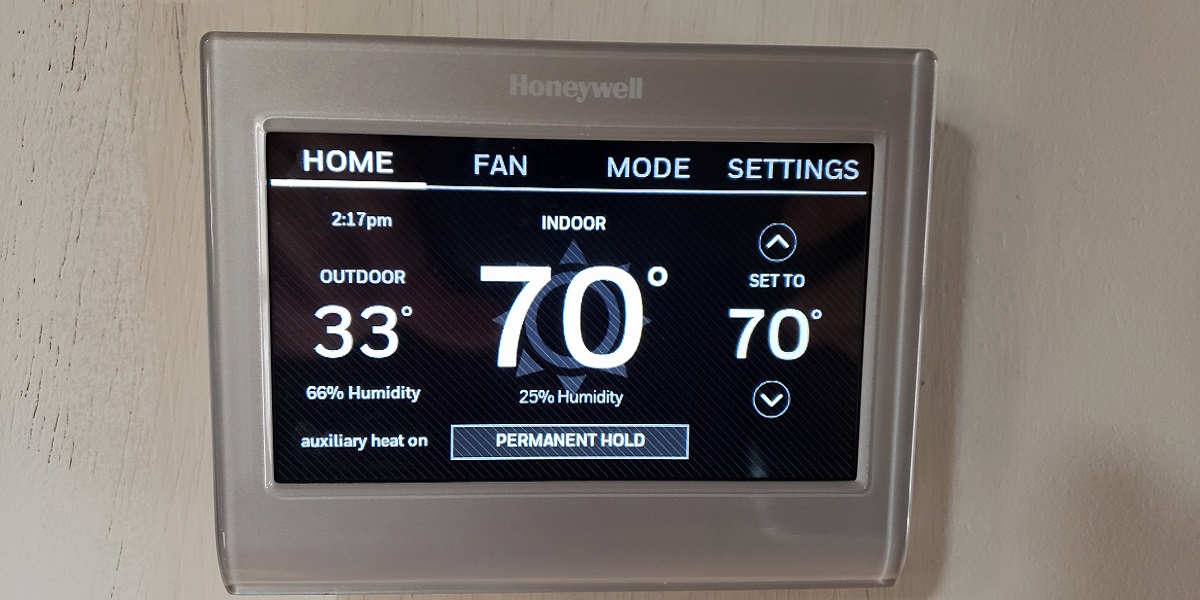

Home Automation Appliances
What Does Auxiliary Heat Mean On Honeywell Thermostat
Modified: January 4, 2024
Learn what "auxiliary heat" means on a Honeywell thermostat and how it relates to home automation appliances. Find out how to optimize your heating system for efficiency and comfort.
(Many of the links in this article redirect to a specific reviewed product. Your purchase of these products through affiliate links helps to generate commission for Storables.com, at no extra cost. Learn more)
Introduction
Welcome to the world of home automation, where comfort and convenience converge through innovative technologies. In this realm, the Honeywell thermostat stands as a beacon of efficiency and control, allowing users to regulate their indoor climate with precision. One of the intriguing features of the Honeywell thermostat is the Auxiliary Heat function, which plays a crucial role in maintaining optimal warmth during chilly weather.
As we embark on this exploration, we will unravel the mysteries of the Honeywell thermostat, demystify the concept of Auxiliary Heat, and provide insights into its activation and usage. Whether you are a seasoned homeowner or a newcomer to the realm of smart appliances, this article aims to equip you with a comprehensive understanding of Auxiliary Heat on the Honeywell thermostat.
So, let's embark on this enlightening journey to uncover the nuances of Auxiliary Heat and empower you to make the most of your Honeywell thermostat.
Key Takeaways:
- Auxiliary Heat on a Honeywell thermostat acts as a backup heating source to keep your home warm when it’s really cold outside, ensuring comfort during extreme weather conditions.
- The thermostat’s smart features automatically activate Auxiliary Heat when needed, and you can adjust settings to balance warmth and energy efficiency for a cozy, sustainable home.
Read more: What Does Heat Override Mean On A Thermostat
Understanding the Honeywell Thermostat
The Honeywell thermostat represents a pinnacle of modern home climate control, offering a blend of cutting-edge technology and user-friendly design. Equipped with intuitive interfaces and advanced programming capabilities, this device caters to the diverse needs of homeowners seeking efficient temperature management.
One of the hallmark features of the Honeywell thermostat is its ability to adapt to various heating and cooling systems, providing a versatile solution for different environmental conditions. Whether it’s a traditional furnace, a heat pump, or a combination of both, the Honeywell thermostat seamlessly integrates with these systems, offering precise temperature regulation and energy savings.
Beyond its compatibility, the Honeywell thermostat boasts an array of functionalities designed to enhance user experience. From programmable schedules that align with your daily routine to remote access via mobile apps, this device empowers users to customize their indoor climate effortlessly.
Furthermore, the Honeywell thermostat’s adaptive learning capabilities enable it to understand your preferences over time, optimizing energy usage without compromising comfort. This intelligent feature sets the stage for a harmonious blend of comfort, convenience, and energy efficiency.
With a keen focus on user-centric design and technological innovation, the Honeywell thermostat embodies the ethos of modern home automation, transcending mere temperature control to deliver a holistic climate management experience.
Now that we’ve gained a foundational understanding of the Honeywell thermostat, let’s delve into the intriguing realm of Auxiliary Heat and unravel its significance in maintaining indoor comfort.
What is Auxiliary Heat?
Auxiliary Heat, often referred to as “second-stage” or “emergency” heat, serves as a supplemental heating source in heat pump systems when the primary heat pump alone is insufficient to maintain the desired indoor temperature. This feature becomes particularly valuable during extremely cold weather conditions or when the heat pump is defrosting, ensuring that your home remains comfortably warm.
At its core, Auxiliary Heat involves the activation of an additional heating element, typically electric resistance heating, to bolster the heat pump’s heating capacity. While the heat pump is the primary source of heat, the Auxiliary Heat kicks in when the temperature differential between the desired setting and the actual indoor temperature becomes too wide for the heat pump to bridge effectively.
By harnessing Auxiliary Heat, the Honeywell thermostat orchestrates a seamless transition between the heat pump and the supplemental heating element, ensuring that your home remains cozy and inviting even in the face of harsh external conditions.
It’s important to note that while Auxiliary Heat is instrumental in maintaining comfort, its usage should be optimized to prevent unnecessary energy consumption. The Honeywell thermostat’s intelligent algorithms and precise control mechanisms work in tandem to strike a balance between efficient operation and optimal warmth, offering a harmonious blend of comfort and energy savings.
Now that we’ve demystified the concept of Auxiliary Heat, let’s explore the circumstances that prompt its activation and understand how it complements the Honeywell thermostat’s functionality.
When Does Auxiliary Heat Activate?
The activation of Auxiliary Heat on a Honeywell thermostat is contingent upon specific conditions that warrant the supplementary heating support to maintain indoor comfort. Understanding the triggers for Auxiliary Heat activation is pivotal in optimizing its usage and ensuring efficient operation of your heating system.
One of the primary scenarios that prompt the activation of Auxiliary Heat is when the temperature differential, or the variance between the desired set temperature and the actual indoor temperature, exceeds a predefined threshold. In such instances, the Honeywell thermostat intelligently engages Auxiliary Heat to bridge the gap and swiftly restore the indoor environment to the desired comfort level.
Moreover, during the defrost cycle of the heat pump, Auxiliary Heat may come into play to compensate for the temporary reduction in heating capacity. This ensures that your home remains warm and cozy even as the heat pump undergoes the necessary defrosting process to maintain optimal performance.
In colder climates or during extreme weather conditions, the heat pump alone may struggle to meet the heating demands, prompting the activation of Auxiliary Heat to bolster the heating capacity and uphold comfort levels within the home.
It’s worth noting that the Honeywell thermostat’s sophisticated algorithms and temperature-sensing capabilities enable it to discern the optimal instances for Auxiliary Heat activation, ensuring a seamless and responsive transition between the primary heat source and the supplementary heating element.
By comprehending the circumstances that trigger Auxiliary Heat activation, homeowners can leverage this feature effectively, fostering a harmonious balance between comfort, energy efficiency, and the reliable operation of their heating systems.
Now that we’ve shed light on the activation triggers for Auxiliary Heat, let’s delve into the practical aspects of utilizing this feature on the Honeywell thermostat to optimize your indoor climate control.
Auxiliary heat on a Honeywell thermostat means that the system is using a secondary heat source, like electric heat strips, to help the main heat source, usually a heat pump, when it can’t keep up with the demand.
How to Use Auxiliary Heat on Honeywell Thermostat
Utilizing the Auxiliary Heat feature on your Honeywell thermostat involves understanding its functionality and leveraging it strategically to maintain a comfortable indoor environment while optimizing energy efficiency. Here’s a comprehensive guide to effectively using Auxiliary Heat:
- Automatic Activation: The Honeywell thermostat is designed to automatically engage Auxiliary Heat when the primary heat pump’s capacity is insufficient to meet the heating demands. This seamless transition ensures that your home remains warm and inviting, even during challenging weather conditions.
- Temperature Differential Adjustment: To fine-tune the activation threshold for Auxiliary Heat, you can adjust the temperature differential setting on your Honeywell thermostat. This allows you to customize the conditions under which the supplementary heating element comes into play, aligning with your comfort preferences and energy-saving goals.
- Programmable Scheduling: Leveraging the programmable scheduling capabilities of the Honeywell thermostat enables you to optimize the usage of Auxiliary Heat based on your daily routines. By aligning the activation of Auxiliary Heat with your occupancy patterns, you can ensure efficient heating while minimizing energy consumption during unoccupied periods.
- Remote Access and Control: With the convenience of remote access via mobile apps or smart home platforms, you can monitor and adjust the usage of Auxiliary Heat from anywhere. This flexibility empowers you to respond to changing weather conditions or unexpected schedule adjustments, optimizing the comfort and energy efficiency of your home.
- Utilizing Energy-Saving Mode: The Honeywell thermostat’s energy-saving mode allows you to implement temperature setbacks during specific times, reducing the reliance on Auxiliary Heat when a slight decrease in temperature is acceptable. This feature promotes energy conservation without compromising comfort, contributing to sustainable heating practices.
By leveraging these strategies, homeowners can harness the full potential of Auxiliary Heat on the Honeywell thermostat, fostering a balance between comfort, energy efficiency, and seamless climate control.
Now that we’ve explored the practical aspects of using Auxiliary Heat, let’s delve into troubleshooting tips to address any potential issues related to this feature on your Honeywell thermostat.
Troubleshooting Auxiliary Heat Issues
While the Auxiliary Heat feature on the Honeywell thermostat is designed to enhance comfort and heating efficiency, occasional issues may arise that require troubleshooting to ensure optimal performance. Here are some common troubleshooting steps to address potential Auxiliary Heat-related issues:
- Check Thermostat Settings: Verify that the thermostat settings, including the temperature differentials and programming schedules, are configured correctly to facilitate the seamless activation of Auxiliary Heat when needed.
- Inspect Heat Pump Operation: Ensure that the primary heat pump is functioning properly, as issues with the heat pump’s performance can impact the activation and effectiveness of Auxiliary Heat. Address any maintenance or repair needs for the heat pump promptly.
- Temperature Sensor Calibration: Calibrate the temperature sensors on the thermostat to ensure accurate temperature readings, enabling the system to make informed decisions regarding the activation of Auxiliary Heat based on the indoor climate conditions.
- Filter Maintenance: Regularly inspect and replace the air filters in your HVAC system to promote efficient airflow, as restricted airflow can affect the heat pump’s performance and trigger unnecessary Auxiliary Heat usage.
- Professional Inspection: If persistent issues with Auxiliary Heat activation or performance arise, consider engaging a qualified HVAC technician to conduct a comprehensive inspection of your heating system, including the thermostat and heat pump, to diagnose and resolve any underlying issues.
By addressing these troubleshooting steps, homeowners can mitigate potential challenges related to the Auxiliary Heat feature on their Honeywell thermostat, ensuring uninterrupted comfort and efficient heating operation.
Now that we’ve covered troubleshooting measures for Auxiliary Heat, let’s conclude our exploration of this essential feature and its role in the realm of home climate control.
Conclusion
In the realm of home climate control, the Honeywell thermostat stands as a beacon of innovation, offering homeowners a sophisticated yet user-friendly solution for precise temperature management. At the heart of its capabilities lies the Auxiliary Heat feature, a vital component that ensures consistent warmth and comfort, especially during challenging weather conditions.
By unraveling the nuances of Auxiliary Heat and its seamless integration with the Honeywell thermostat, we’ve gained a deeper understanding of its significance in maintaining optimal indoor climate. From its role as a supplementary heating source to its intelligent activation based on temperature differentials and defrost cycles, Auxiliary Heat embodies the commitment to seamless comfort and energy efficiency.
Furthermore, our exploration has illuminated the strategic utilization of Auxiliary Heat, empowering homeowners to optimize its usage through temperature differential adjustments, programmable scheduling, remote access, and energy-saving modes. By leveraging these capabilities, users can strike a harmonious balance between comfort and energy conservation, aligning with sustainable heating practices.
Moreover, our troubleshooting insights have equipped homeowners with the tools to address potential issues related to Auxiliary Heat, ensuring the uninterrupted performance of this essential feature within the Honeywell thermostat ecosystem.
As we conclude our journey through the realm of Auxiliary Heat on the Honeywell thermostat, we invite you to harness the knowledge gained to elevate your home climate control experience. Whether it’s embracing the seamless warmth provided by Auxiliary Heat during cold spells or optimizing energy efficiency through strategic usage, the Honeywell thermostat and its Auxiliary Heat feature stand ready to enrich your daily living with comfort and control.
May your home always be a haven of warmth and comfort, guided by the intelligent capabilities of the Honeywell thermostat and the reassuring presence of Auxiliary Heat.
Frequently Asked Questions about What Does Auxiliary Heat Mean On Honeywell Thermostat
Was this page helpful?
At Storables.com, we guarantee accurate and reliable information. Our content, validated by Expert Board Contributors, is crafted following stringent Editorial Policies. We're committed to providing you with well-researched, expert-backed insights for all your informational needs.
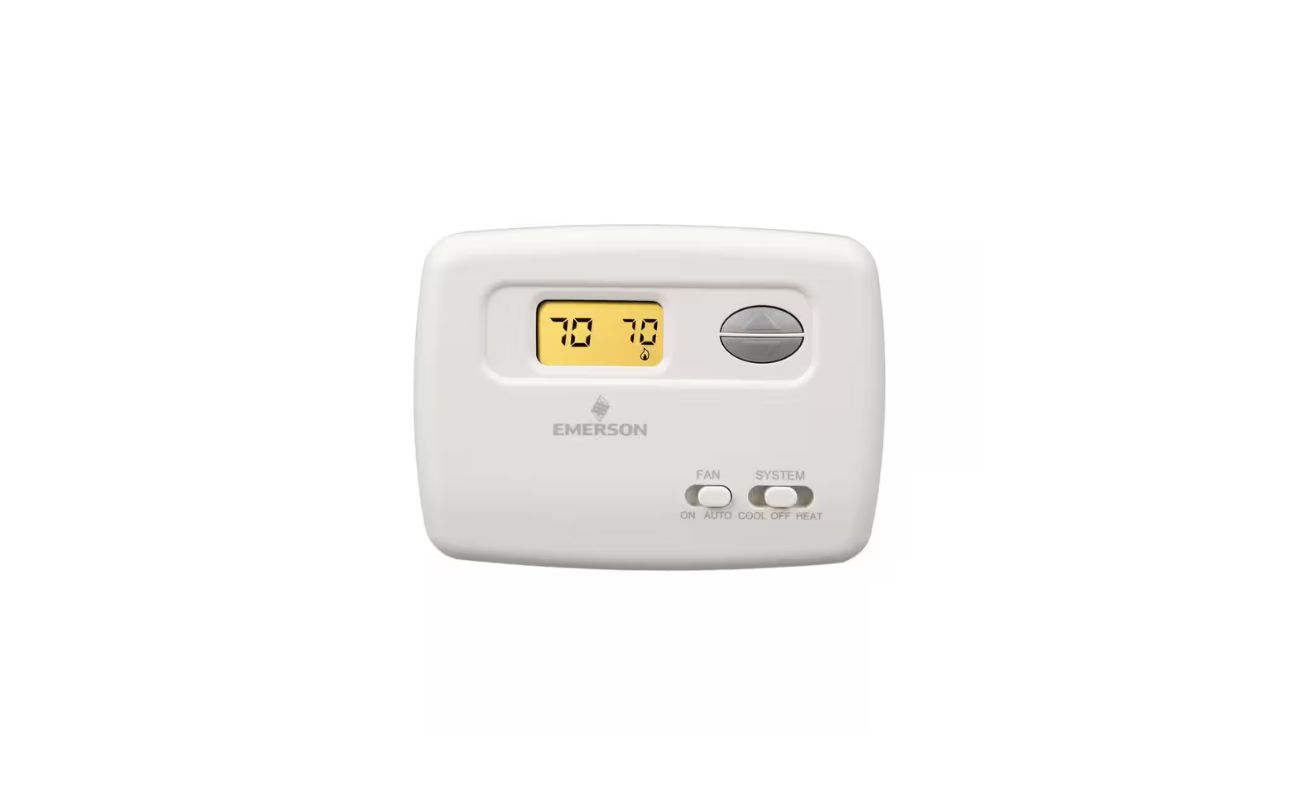

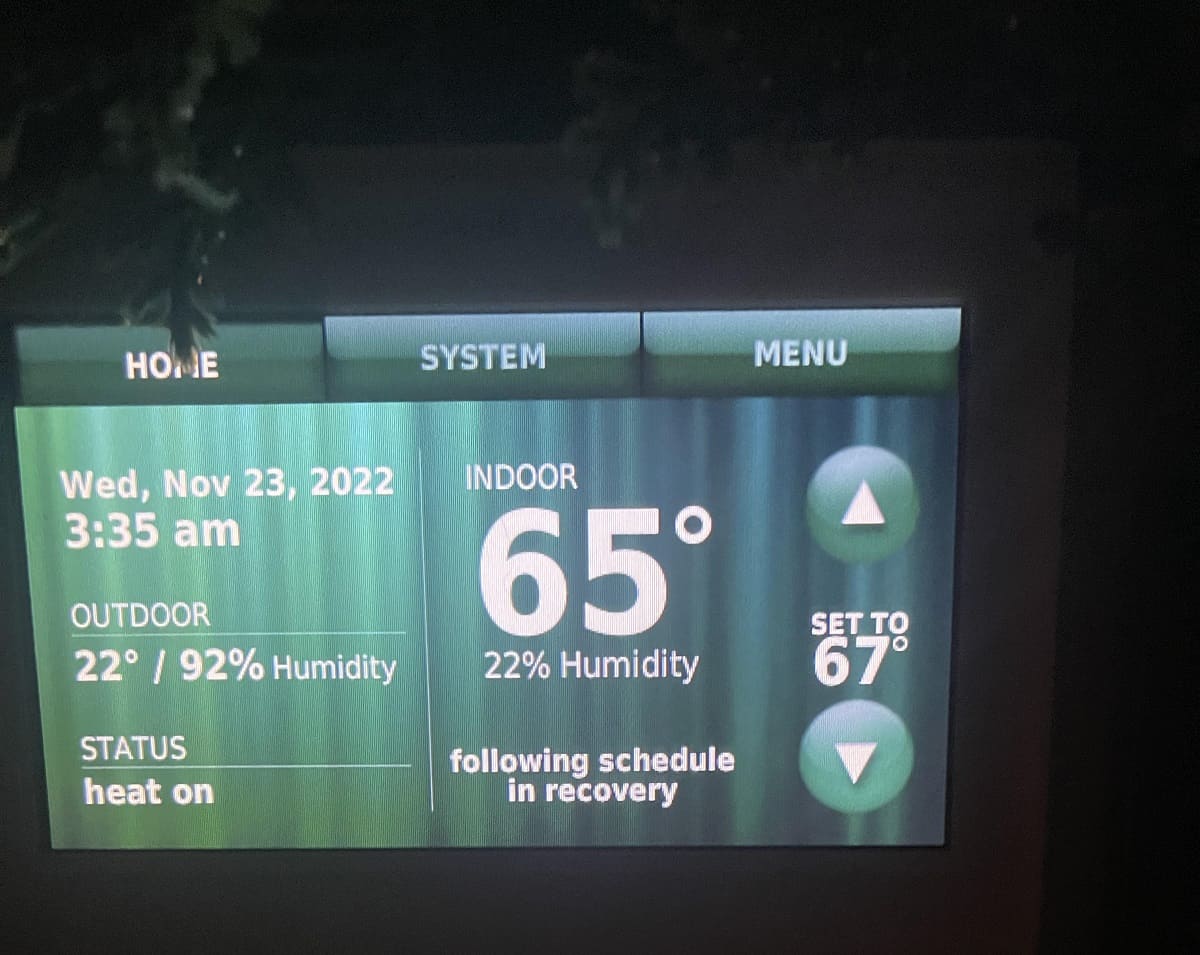
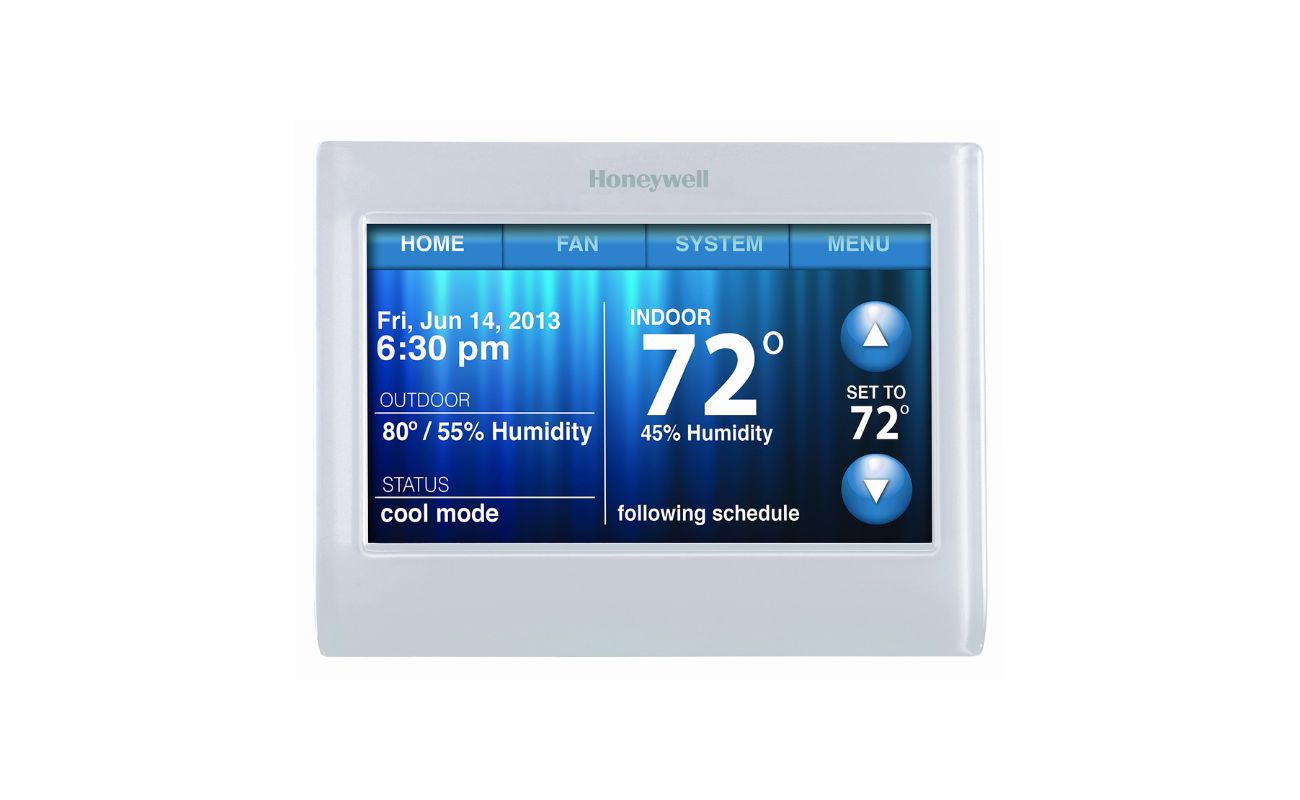
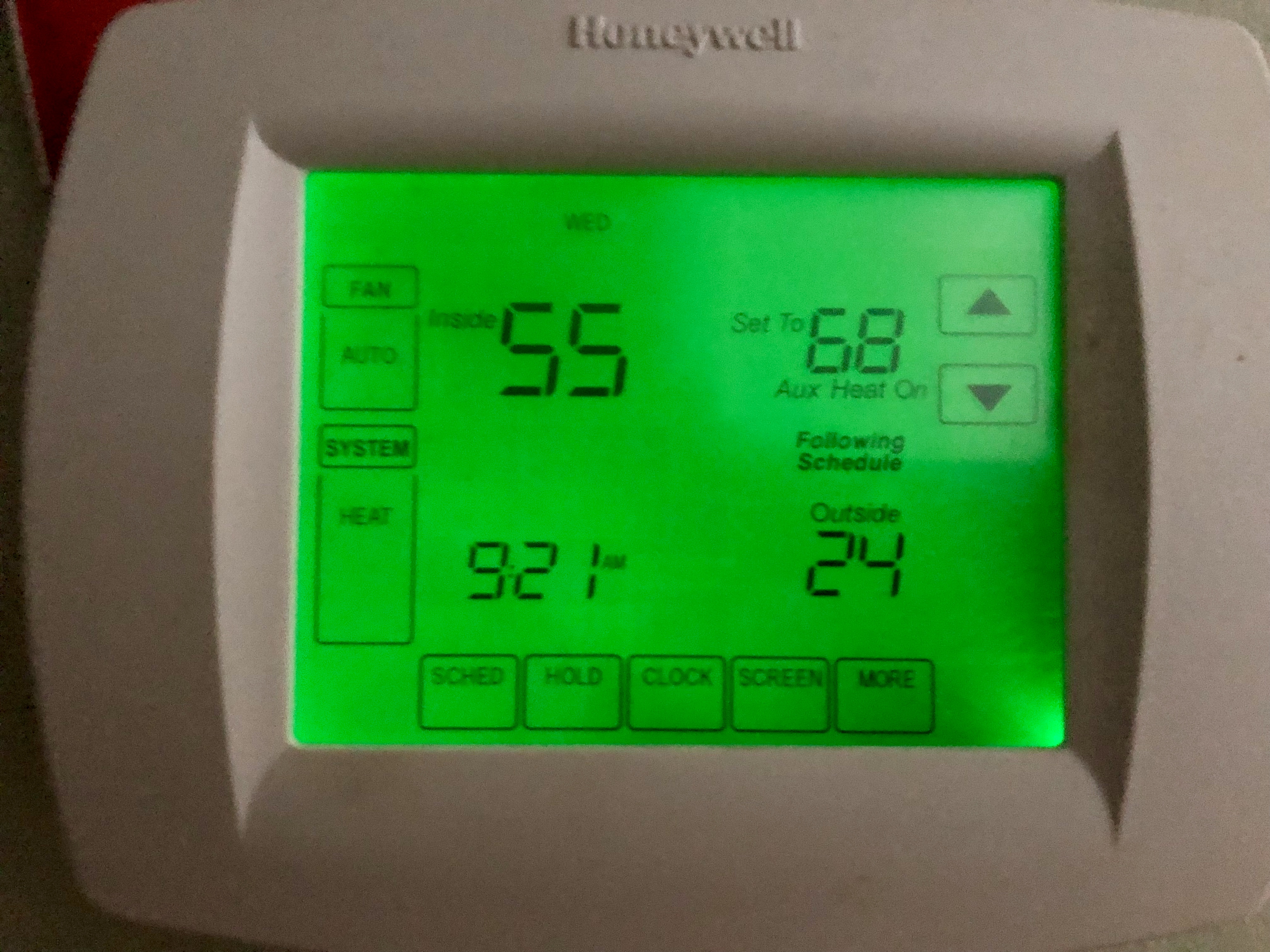
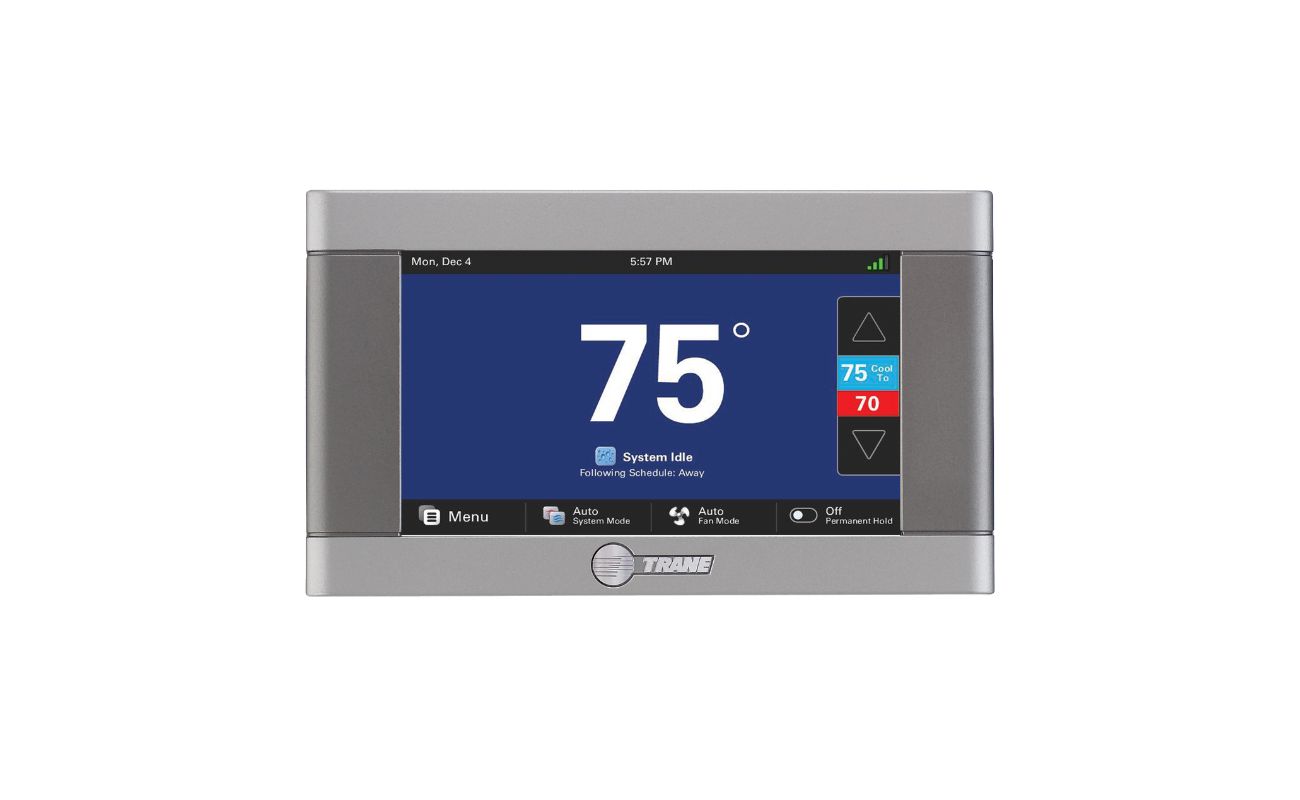
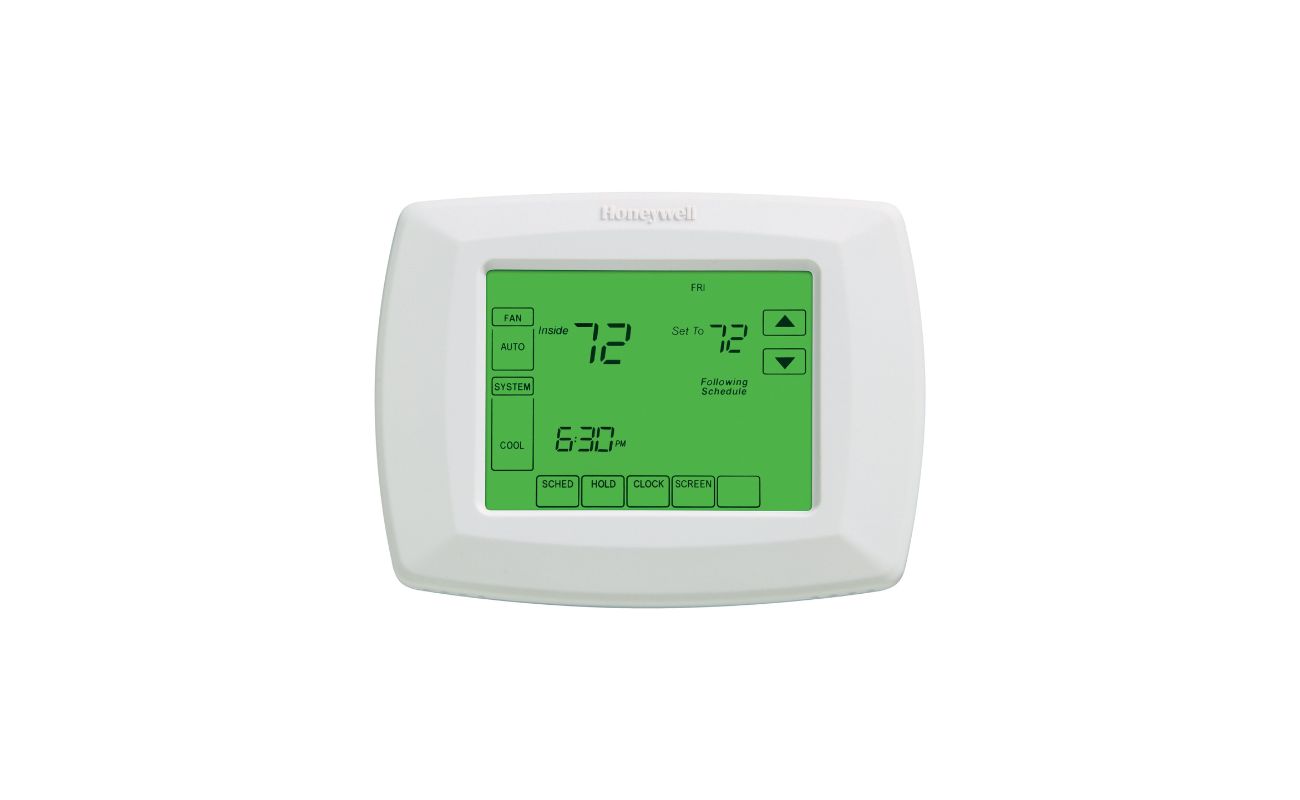
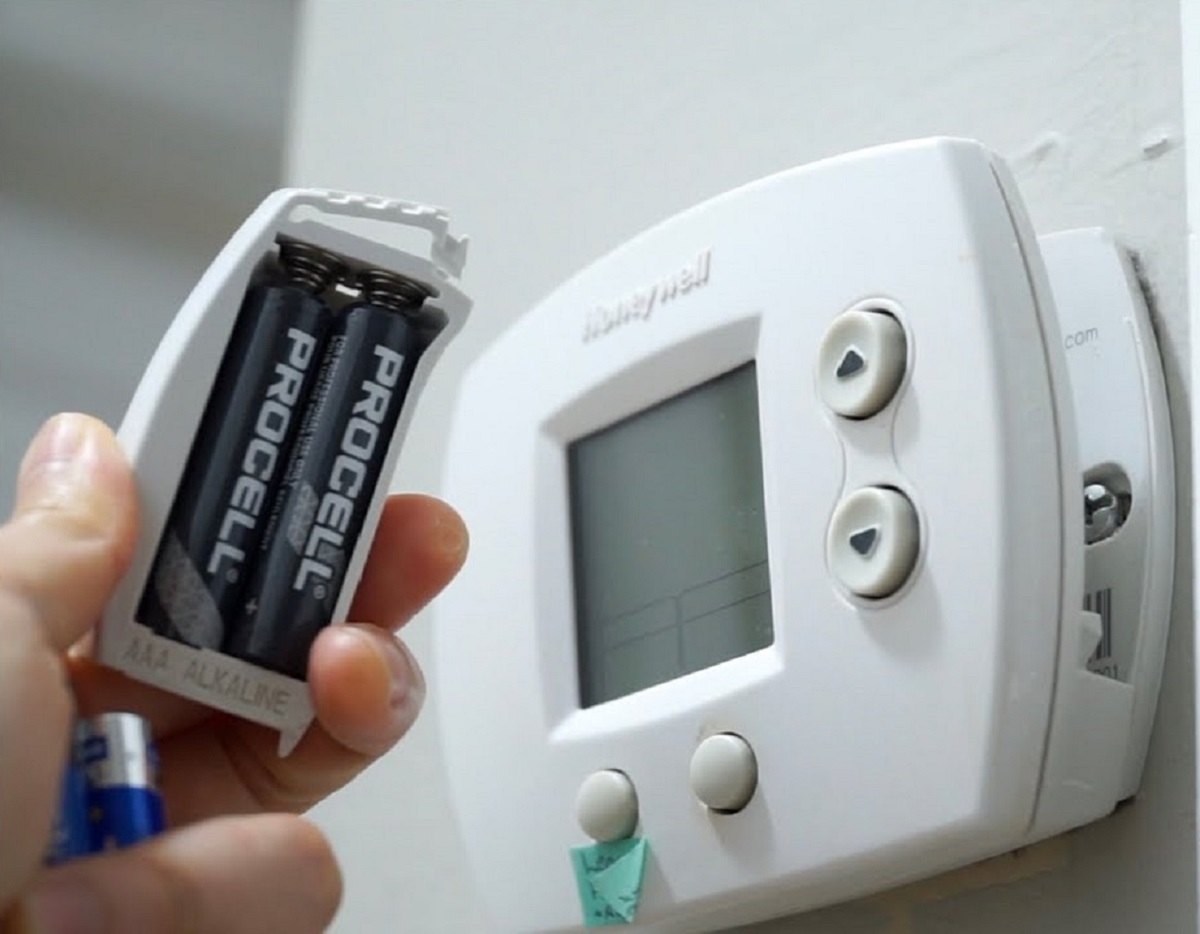
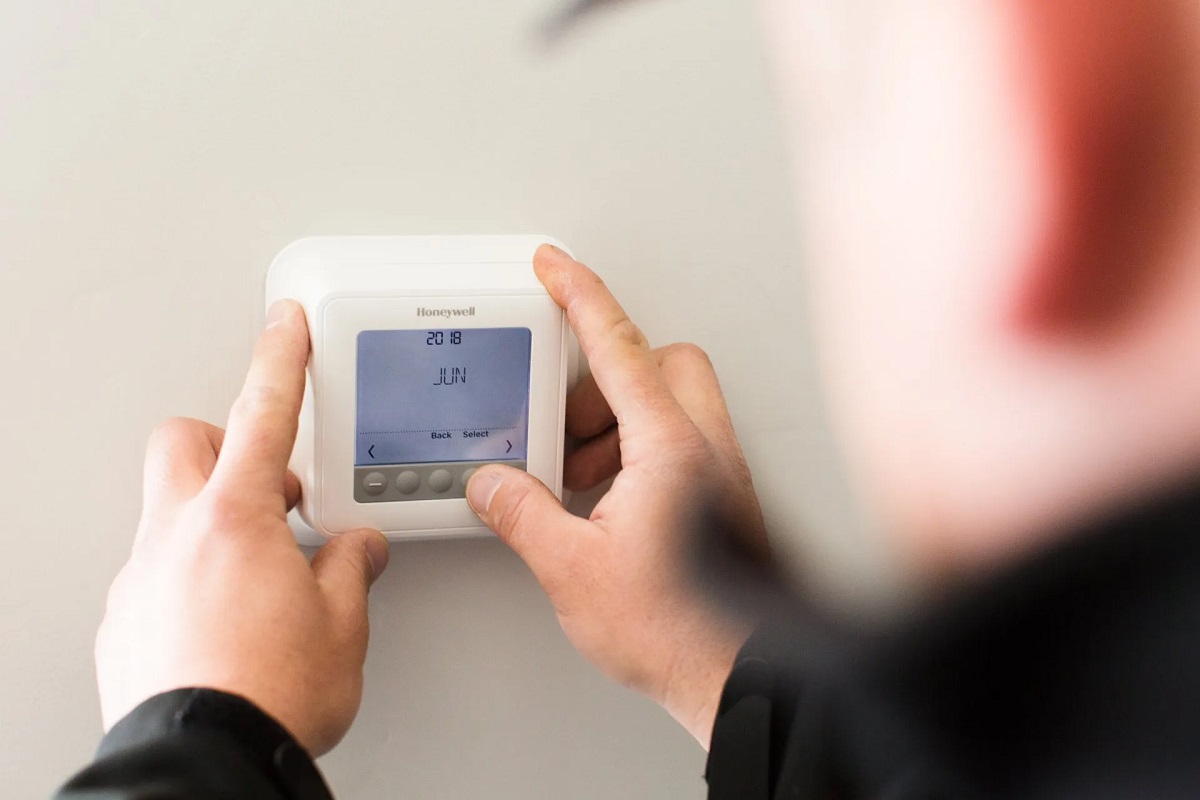
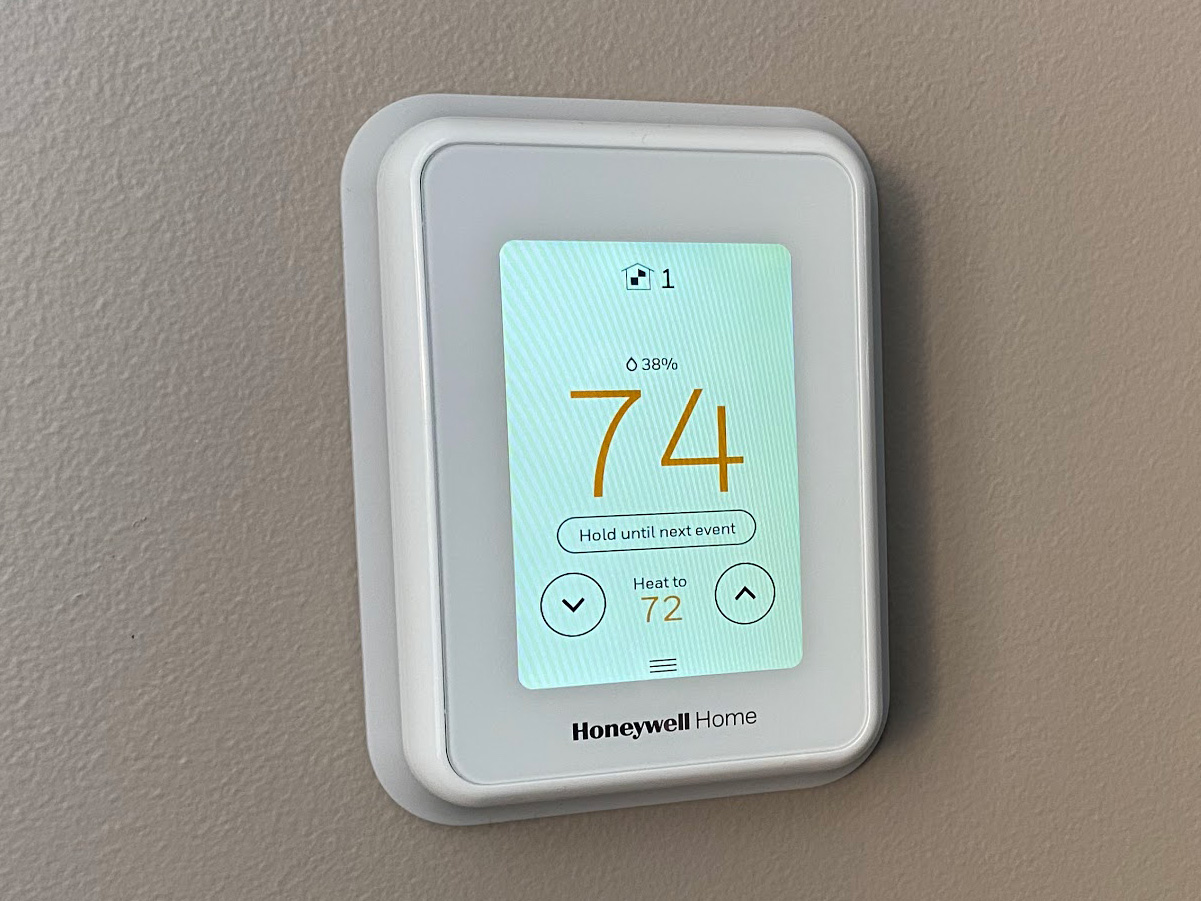
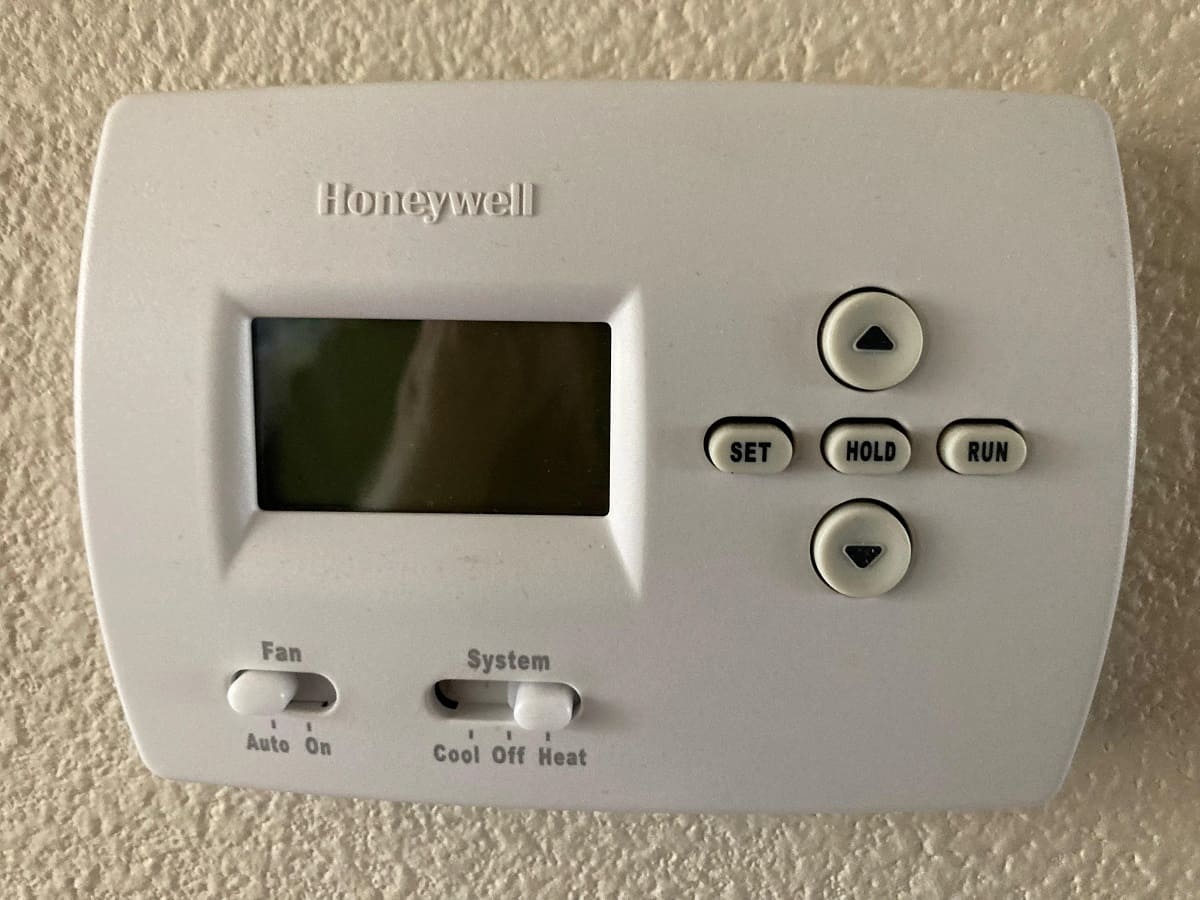
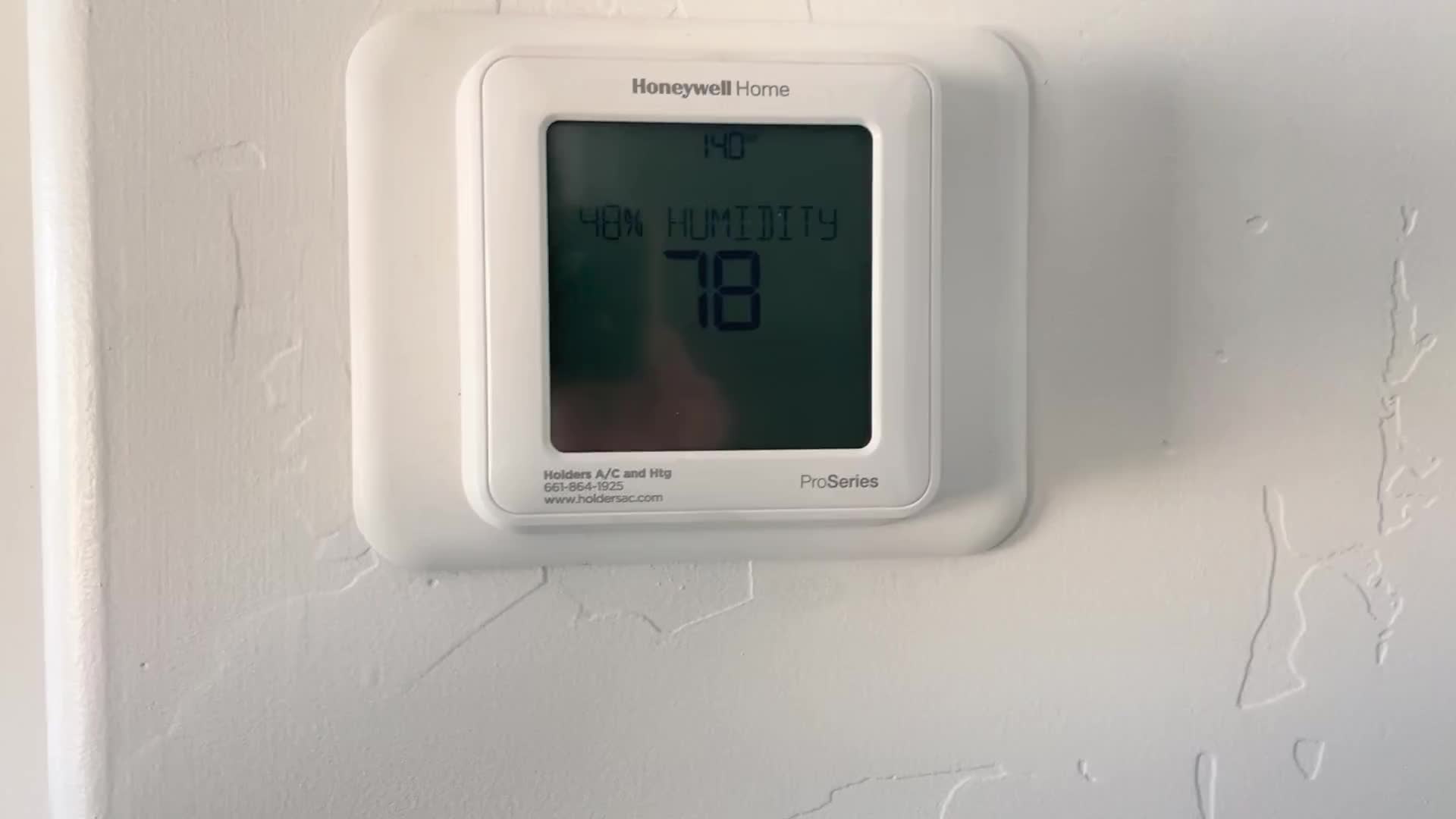
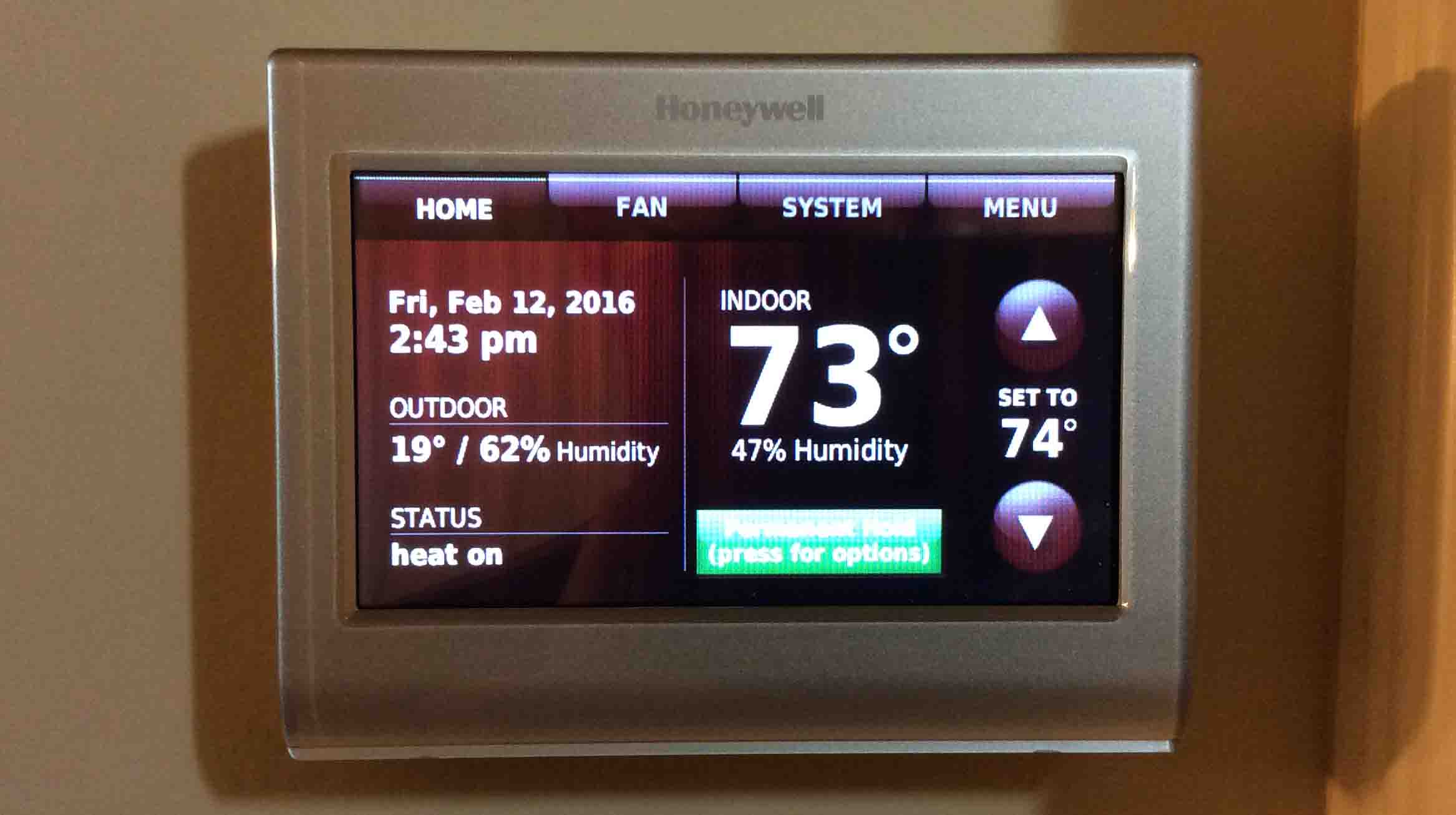
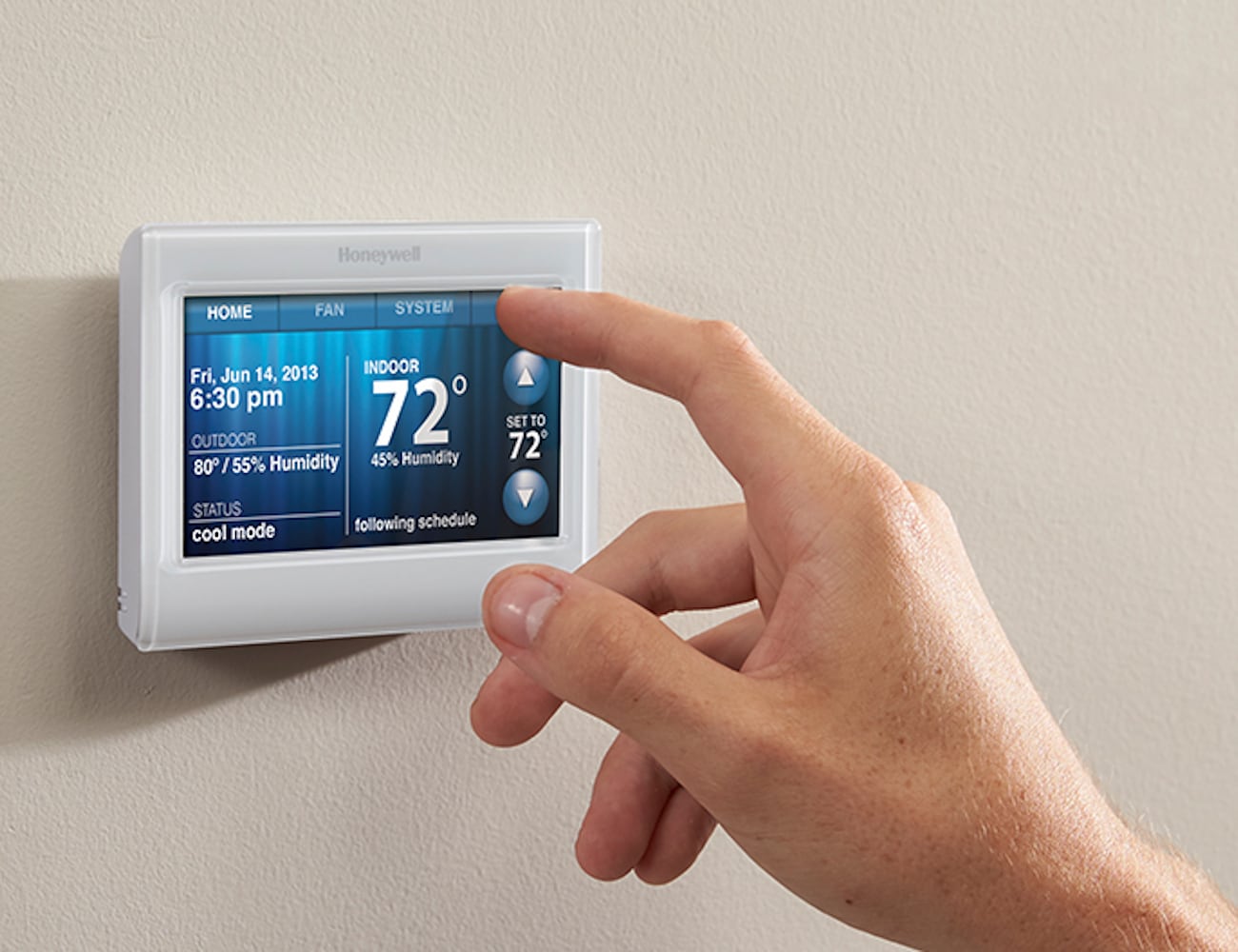

0 thoughts on “What Does Auxiliary Heat Mean On Honeywell Thermostat”